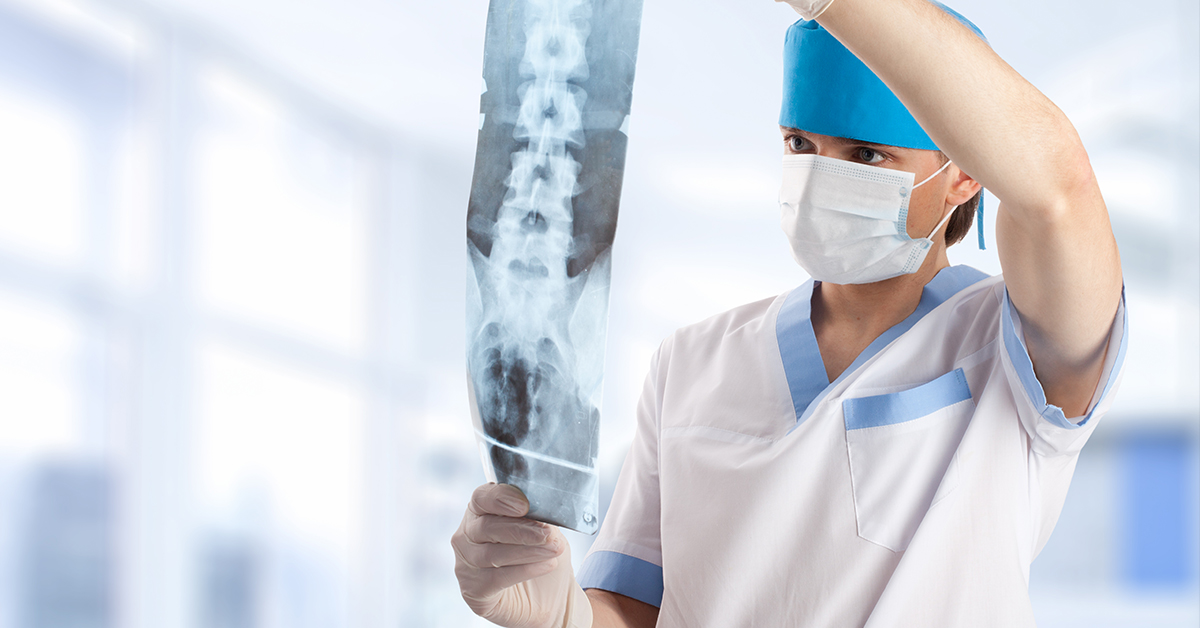Exactly How Insurance policy Functions with the Best Spine Surgeons in St Louis MO
Exactly How Insurance policy Functions with the Best Spine Surgeons in St Louis MO
Blog Article
A Review of Spinal Column Problems That Typically Lead To Surgical Therapies
When conservative treatments fall short to alleviate relentless signs and symptoms,Spinal column conditions such as herniated discs, back constriction, and degenerative disc illness regularly require medical interventions. These problems not only cause substantial discomfort yet can also severely impair daily functioning and total lifestyle. Recognizing the nuances of each problem and the equivalent surgical options, such as discectomy or spinal fusion, is crucial for reliable monitoring. As we discover these conditions additionally, it ends up being obvious that the decision-making process surrounding medical treatment is complex and warrants mindful factor to consider.
Herniated Discs
Although lots of individuals with herniated discs may locate relief through traditional therapies, surgical treatment ends up being an essential consideration when signs worsen or persist - best spine surgeons in st louis mo. A herniated disc happens when the soft internal gel of a spinal disc sticks out via its external layer, potentially leading and compressing close-by nerves to pain, feeling numb, or weak point in the extremities
Conventional management typically consists of physical treatment, pain medications, and corticosteroid injections, which aim to decrease swelling and boost feature. Nonetheless, in situations where these approaches fail to ease debilitating symptoms, surgical alternatives might be explored.
One of the most typical medical procedure for herniated discs is a discectomy, which involves the removal of the herniated portion of the disc to ease stress on the affected nerve root. In more severe cases, spine blend may be required to stabilize the influenced vertebrae.
Clients are suggested to discuss the possible dangers and benefits of surgical treatment with their doctor to make a notified choice. Inevitably, the objective of any kind of surgical treatment is to recover function, relieve discomfort, and enhance total lifestyle for people dealing with herniated discs.
Spine Constriction
Back stenosis occurs when the rooms within the spinal column slim, bring about raised pressure on the spine and nerves. This problem can develop in various regions of the spinal column, including the cervical and back areas, typically as a result of age-related changes, such as degenerative disc condition, arthritis, or thickening of tendons.
Patients with spinal stenosis may provide with symptoms that include discomfort, tingling, tingling, or weakness, primarily in the arms or legs. These symptoms can be aggravated by tasks that involve standing or strolling, commonly leading people to seek relief through conventional therapies like physical therapy, medicines, or epidural steroid shots.
Nonetheless, when these non-surgical treatments fail to offer adequate alleviation, medical options might be taken into consideration. Usual surgical treatments for back constriction consist of laminectomy, which includes the removal of component of the vertebra to reduce stress, and spine combination, which supports the affected location.
Spondylolisthesis
Spondylolisthesis occurs when one vertebra slips onward over one more, causing imbalance of the spine. This condition can result from different Look At This variables, including genetic defects, injury, or you can try here degenerative modifications in the spine. It is most frequently observed in the back region, specifically at the L4-L5 and L5-S1 levels.

When non-surgical techniques fail to eliminate symptoms or when substantial nerve compression is present, medical intervention might be required. Surgical alternatives can include spinal combination or decompression treatments, aimed at recovering positioning and reducing neurological signs.
Degenerative Disc Condition

The condition can be diagnosed with a combination of professional analysis, imaging researches, and client background. When these approaches fail to offer appropriate relief, surgical treatments may be thought about.
Surgical options for DDD may consist of back combination or artificial disc substitute, focused on maintaining the affected section and easing discomfort (best spine surgeons in st louis mo). Ultimately, the option of therapy is individualized, considering the severity of the condition, client health and wellness, and way of living factors
Back Growths

What elements add to the development of lumps within the back, and how do they materialize in individuals? Back lumps can emerge from different elements, including hereditary tendency, ecological impacts, and pre-existing clinical conditions. They can be categorized as main tumors, originating in the spine, or additional growths, which spread from various other areas of the body. People might provide with a variety of symptoms, including localized discomfort, neurological i thought about this shortages, weak point, or adjustments in digestive tract and bladder feature, depending on the lump's dimension and place.
Medical diagnosis commonly entails imaging researches such as MRI or CT scans, which help define the lump's features and influence on surrounding structures. In assessing treatment choices, the lump's place, grade, and type are critical factors to consider. Surgical intervention may be called for to ease signs and symptoms, obtain a biopsy, or eliminate the lump completely. The goal of surgery is often to unwind neural components and maintain the back. Adjuvant therapies, consisting of radiation or radiation treatment, may also be required relying on the lump's nature. Early discovery and intervention are essential for maximizing results in clients with back growths.
Verdict
In recap, spine problems such as herniated discs, spinal stenosis, spondylolisthesis, degenerative disc illness, and spine tumors regularly require medical intervention as a result of their potential to cause substantial pain and practical disability. While traditional therapies may supply temporary relief, surgical options become crucial when signs and symptoms continue or aggravate. Timely diagnosis and treatment play a crucial function in recovering function and enhancing the high quality of life for damaged people, highlighting the value of thorough back care.

Report this page